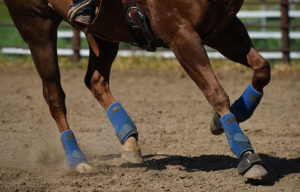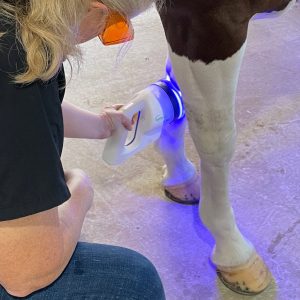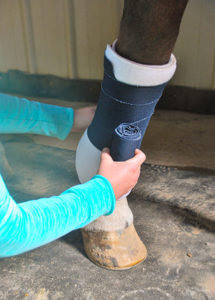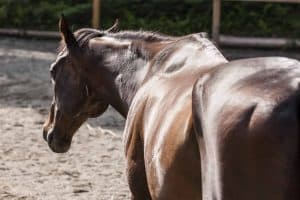From The Ground Up: Stall Flooring and Mats
Your horse is on his feet most of the day and night. He prefers to feel dry, with his feet at room temperature. He wants to stand on a surface that’s resilient and doesn’t smell bad. Listen to your horse, and you will want to promote his health from the ground up. Confining the animal in a stall 23 hours a day puts him in constant contact with the stall floor. The more the stall floor meets equine preferences, the better your horse will feel.
 COURTESY ST. LOUIS FACTORY SUPPLY, INC. Floor mats provide a resilient, comfortable surface. |
Consider the negative effects that a floor can create. A urine-soaked surface can lead to thrush, or to respiratory problems from breathing ammonia vapors. A cold floor conducts heat away from the limbs. If the horse lies down on a cold floor, he’s likely to lose even more body heat. A hard, unyielding surface can worsen arthritic joints and cause scrapes on your horse’s limbs when he lies down or gets up. Bedding can offset some of the unhealthy aspects of the surface of a stall floor, but it is the floor itself that oftentimes needs to be addressed as the culprit. (For details on bedding choices, consult the Equinomics in the October 1996 issue TheHorse.com is home to thousands of free articles about horse health care. In order to access some of our exclusive free content, you must be signed into TheHorse.com. Already have an account?Create a free account with TheHorse.com to view this content.
Start your free account today!
and continue reading.
Written by:
Charlene Strickland
Related Articles
Stay on top of the most recent Horse Health news with















